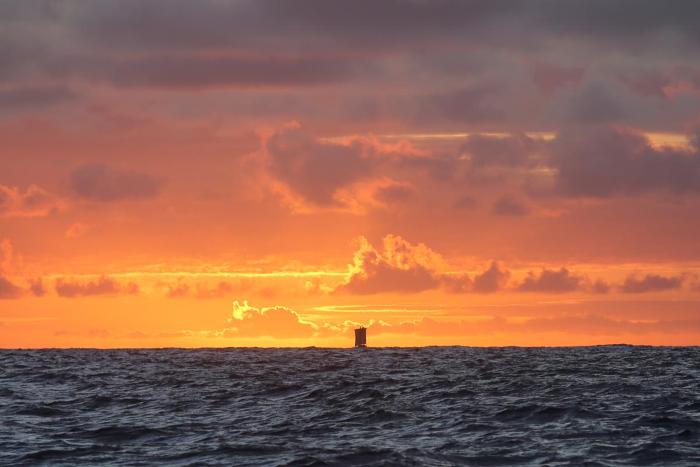
Kon-Tiki 2 home safe
-We have shown that balsa rafts can sail to Easter Island. This is a first, in modern times. We have also made good progress on the return journey, but this is an El Niño year and the weather patterns we have encountered have been atypical. We realized that reaching South America would take too long and decided to evacuate to ensure safety for all, says Expedition leader Torgeir Higraff.
The Expedition consists of two balsa rafts that left Lima in Peru on Nov 7th, 2015, and arrived on Easter Island just before Christmas. On Jan 6th, 2016, the rafts started the demanding return voyage. During the expedition, Kon-Tiki2 has done important scientific research on climate change, marine life, plastics, and pollution in the Pacific.
- From a scientific point of view, it has been particularly interesting that the expedition took place in one of the strongest El Niño years recorded, even if El Niño now contributes to the termination of the expedition. As research partners, we look forward to receiving and analyzing these data sets, says Chief Scientist of the Expedition, Cecilie Mauritzen.
The rafts were rigged as floating research vessels through a unique collaboration between NIVA, NTNU, Kongsberg Maritime, Norwegian Meteorological Institute, Nortek, Sperre, Opera, and the American research organizations NASA and NOAA.
NIVA has contributed with much of the equipment on board, and especially in two areas have NIVAs competence been absolutely essential: in research on microplastics and pollutants, and the technical solutions for continuous monitoring of ships (the so-called Ferrybox).
- New instrumentation has enabled us to study not only the size of plastic in the Pacific, but also the different types of plastic. This will give us new insight into their behavior, as well as better identification of sources, says Bert van Bavel, research manager at NIVA section for environmental chemistry.
- With the Ferrybox system we have measured the temperature, salinity, oxygen, chlorophyll-a fluorescence and turbidity during the voyage, says Kai Sørensen, head of research at the Division for Marine biogeochemistry and oceanography at NIVA.
- We have also taken the opportunity to sample water for further analysis in the laboratory as well as measurement of ocean acidification (pH and pCO2).
On March 25th several Kon-Tiki2 crew members, including Expedition leader Torgeir Higraff, landed in Oslo. Family and friends had gathered at the airport to greet the crew. In Norwegian tradition, flags were used to cheer the returning sailors, who were happy to be home after an extraordinary journey.
